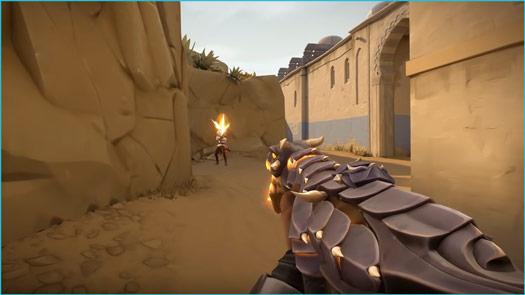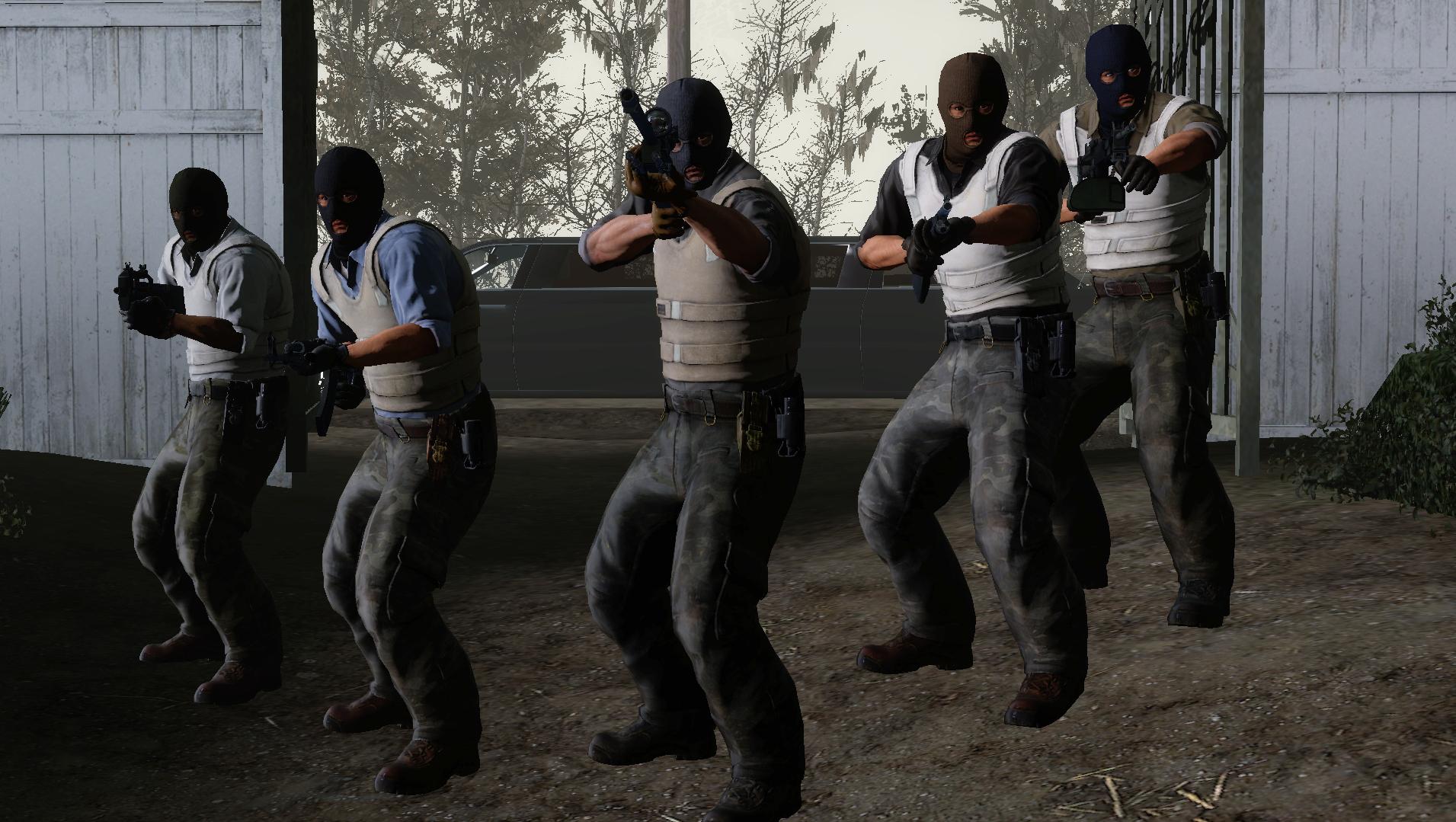
Does Valorant’s ditching of “terrorists” give it an edge on CSGO?
Riot Games’ decision to steer Valorant away from Counter-Strike: Global Offensive’s use of the words “terrorist” and “counter-terrorist” may help the new competitive shooter overtake CSGO in the minds of some advertisers looking to break into esports.
Competitive esports in 2020 sometimes live and die by how well they’re able to attract outside investment to a game’s leagues. Over the years, CSGO has struggled with this problem. The debate over violent video games and their effects on people, especially children, continues to this day. While there has been little evidence provided that violent games do affect children negatively, these debates still have the power to sway public opinion. Mix in the use of such politically and emotionally charged words as “terrorist,” and its possible that advertisers may decide not to use the associated game to promote its products.
CSGO’s community has had discussions on the topic every so often since the first-person shooter was released. If advertisers don’t want their products to be shown alongside the word terrorist, they’re much less likely to invest in a game’s league or sponsor a team. That goes doubly so for a game like CSGO, where not only is the word emblazoned at the top of the in-game screen, players actually play as the terrorists that attempt to stop the “good guys” while planting virtualized explosive device or trying to maintain captured hostages.
Valorant ditches “terrorist” names, might better attract sponsors
Valorant has managed to avoid most of these pitfalls, and it’s possible that the developer’s design choices could sway an advertiser torn between the two games when choosing where to place their money.
There are no team names in Valorant. Players simply play attack and defense rounds. Its two sides aren’t associated with violent disasters or wars.
The issues goes deeper than just the names of the competing teams, however. It even affects the design of the games. Each of CSGO’s teams have similar in-game models, and there are gameplay design reasons for this. Terrorist and counter-terrorist teams have uniform looks that clearly separate them from each other, making it easier for players to differentiate teammates from opponents.
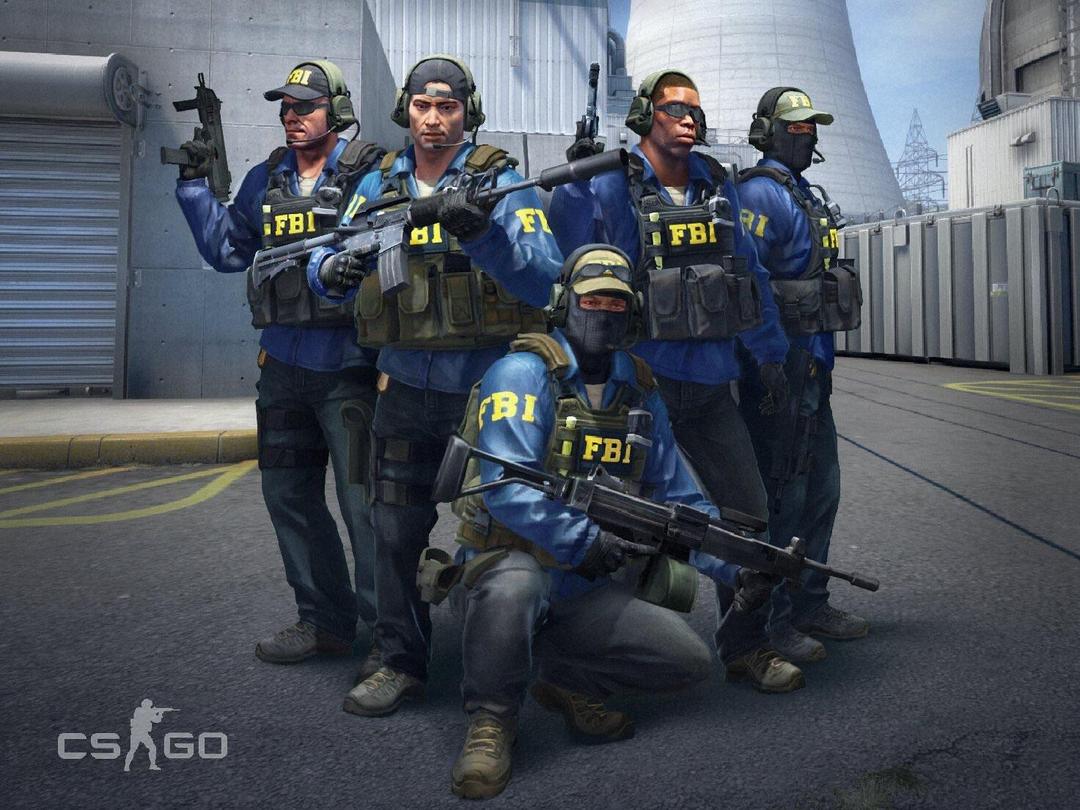
The defending team is clearly law enforcement, and everything from their weapons to the FBI letters stenciled onto their models make it clear that these are the “good guys.” On the other hand, CSGO’s terrorist teams are fashioned in a way show sterotypical portrayals of terrorism. With baclavas covering their faces and players wielding the infamous AK-47, the attacking team looks just as their name suggests they would.
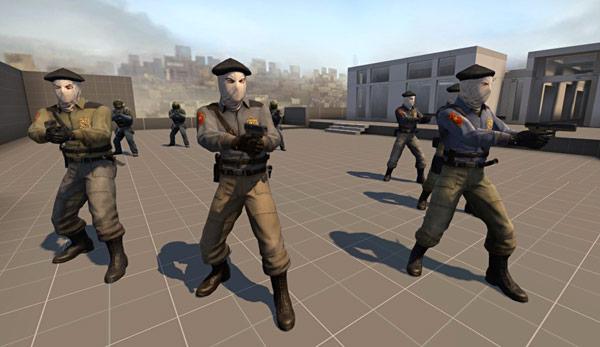
Valorant manages to avoid these hot-button issues. Features are more exaggerated and less lifelike, and it’s clear from the moment a player starts up the game that Valorant’s world might be grounded in some sort of reality, but it’s not the one that its players actually live in.
CSGO’s realistic models could sway advertisers away
Valorant’s weapons are visually recognizable, but the option to turn a player’s gun into a literal dragon exists in Riot’s shooter. Its a cool visual idea, but it also helps lessen the bite for advertisers potentially concerned with the optics of real-world weapons being used in gameplay.
These design principles extend into the actual gunplay as well. The photo below also shows what happens when a player hits a headshot in Valorant. The bright yellow color is easy to see and confirm, and it’s also a perfect way to lessen the amount of blood on display.
WIN.gg covered the release of Valorant’s Elderflame skin line, and they blew CSGO’s skins out of the water. It wasn’t even close. Players can read more about Valorant’s first skin line by clicking on the photo below.
Valorant’s characters are designed to be interchangeable. Since each character can play on each team, there’s little reason to give them set uniforms. In Valorant’s universe, everyone is both a good guy and a bad guy. They sides are inclusive, and since players play the same character on both the attacking and defending sides in Valorant, its Agents can’t be associated with any particular compunction.
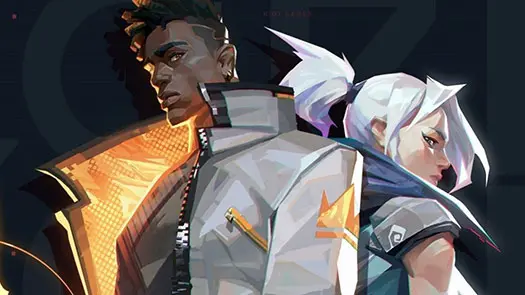
It’s a clever move from Riot to try and get a leg up on CSGO by directly circumventing something that has long been a subject of debate within Valve’s shooter, but seems too ingrained to ever be changed. Valorant has already broken viewership records on Twitch during the game’s open beta, and many professional CSGO teams have signed early Valorant rosters. Time will tell if Riot’s adjustments to CSGO’s format will make it friendly enough to advertisers. It is, at its core, still a game about using guns to shoot down enemy players.
If fans start to see advertisers they’ve never seen in CSGO sponsoring Valorant teams and tournaments, they’ll know that Riot Games made the right read in how it designed its new game.
Recommended

s1mple is offering lessons to help you get good at CS2
Have you dreamed of playing like s1mple?
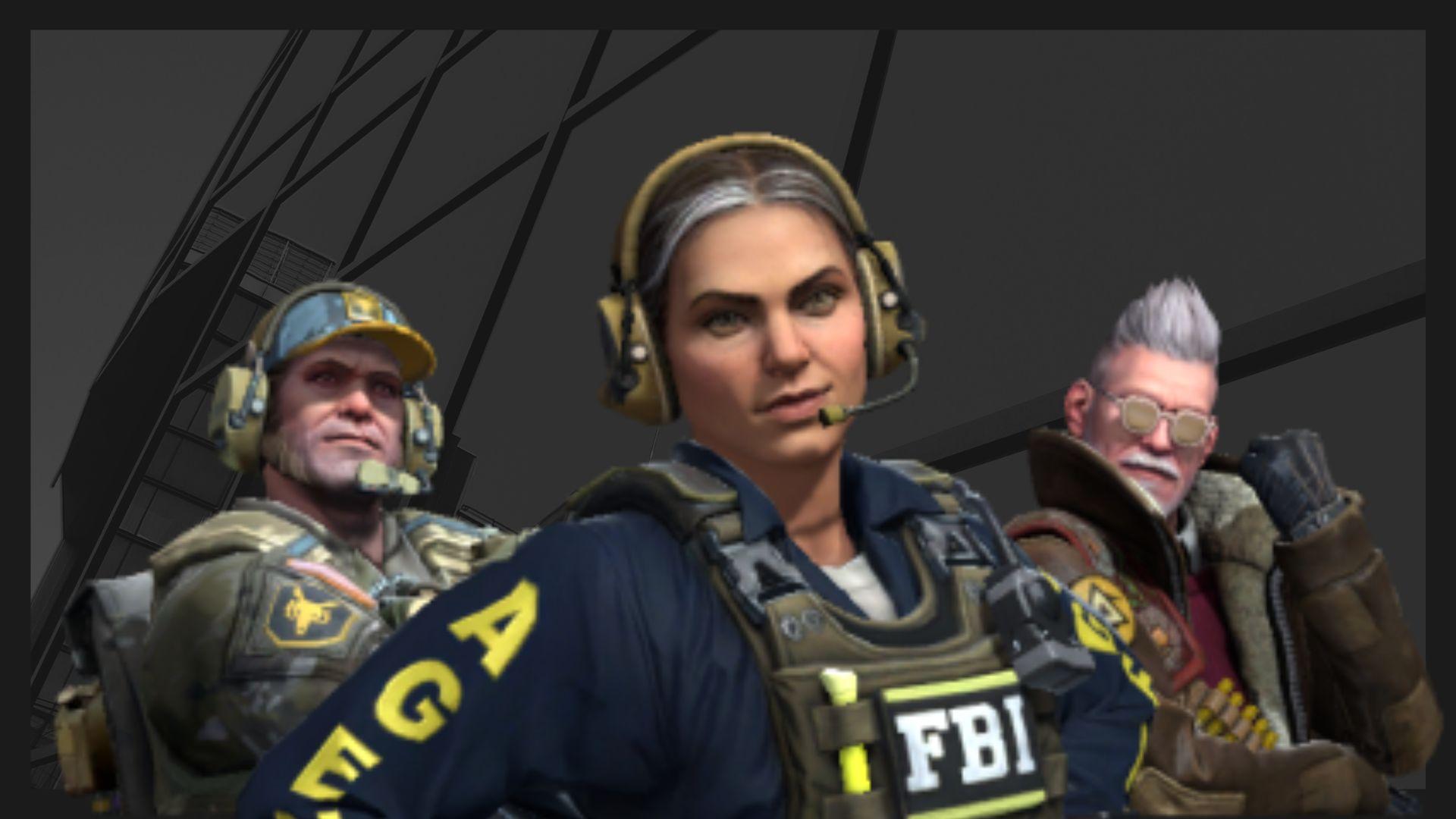
Recent CS2 ban wave punishes cheaters during live games
Valve is banning players in bulks.
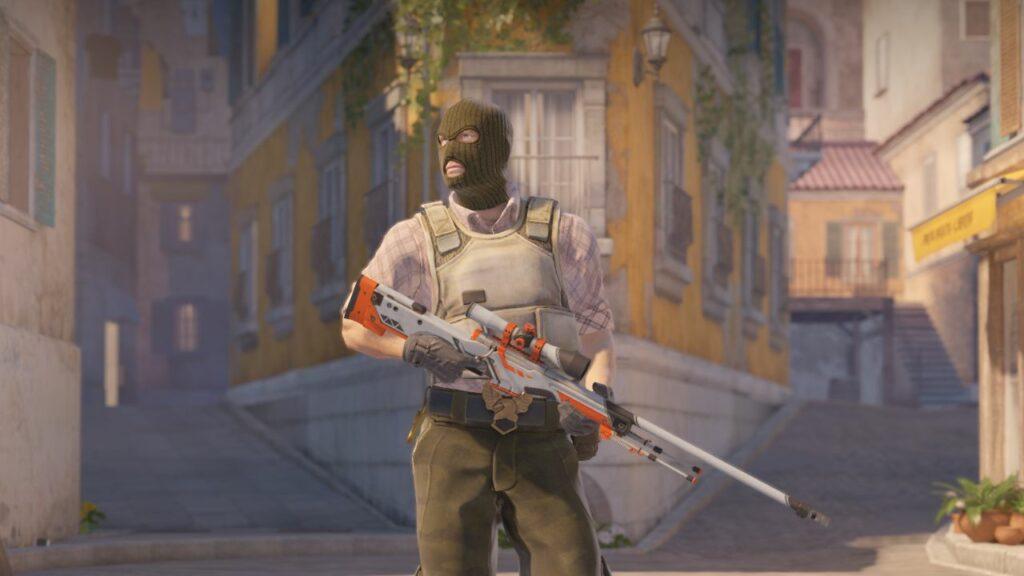
Players hopeful after Valve adds Overwatch to expose CS2 cheaters
Only “trusted” players will be Overwatch investigators.


